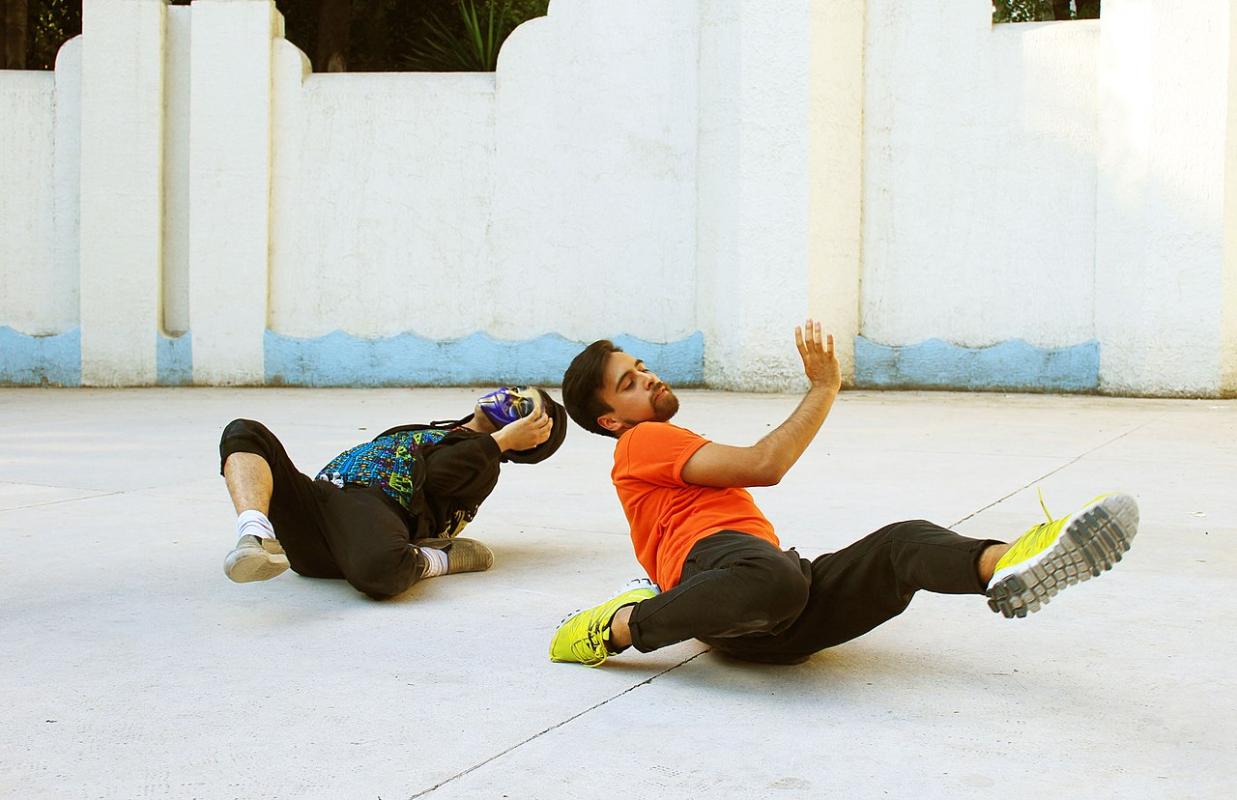
Voguing is more than just a dance form; it's a cultural phenomenon that has captivated audiences worldwide. Originating from the Harlem ballroom scene in the 1980s, voguing has evolved into a powerful and expressive art form that transcends dance. This unique style is characterized by intricate hand and arm movements, fluid body lines, and dramatic poses, all set to the pulsating beat of house music. As voguing gained popularity, it became a symbol of empowerment and self-expression within the LGBTQ+ community, providing a platform for individuals to showcase their creativity and talent.
In this article, we'll delve into the fascinating world of voguing, exploring its history, significance, and impact on contemporary culture. From its roots in underground ballroom competitions to its influence on mainstream media and fashion, voguing has left an indelible mark on the performing arts landscape. Join us as we uncover eight compelling facts that shed light on the mesmerizing art of voguing.
Key Takeaways:
- Voguing originated in the 1980s in Harlem’s LGBTQ+ community, inspired by fashion magazines, providing a platform for self-expression through exaggerated poses and fluid movements.
- Madonna’s hit song “Vogue” popularized voguing, which has evolved into a competitive art form, influencing mainstream culture and serving as a vibrant and inclusive platform for self-expression and empowerment.
Voguing originated in the Harlem ballroom scene.
Voguing emerged in the 1980s within the LGBTQ+ community in New York City, particularly in Harlem's ballroom culture. This dance form provided a platform for individuals to express themselves through exaggerated poses and fluid movements, often inspired by the pages of fashion magazines.
It was inspired by the fashion world.
Voguing was heavily influenced by the opulent world of fashion, with dancers emulating the poses and attitudes of models on the runway. The dance form encompassed elements of style, grace, and confidence, allowing participants to embody the glamour and sophistication synonymous with the fashion industry.
Madonna popularized voguing.
Madonna's 1990 hit song "Vogue" propelled voguing into the mainstream, introducing this expressive dance style to a global audience. The accompanying music video showcased voguing's intricate movements and dramatic flair, cementing its status as a cultural phenomenon.
Voguing is characterized by distinct styles.
Voguing comprises various styles, including Old Way, New Way, Vogue Fem, and Vogue Dramatics, each with its own set of movements, poses, and performance techniques. These styles showcase the diversity and creativity within the voguing community, allowing individuals to express themselves authentically.
It serves as a form of self-expression and empowerment.
Voguing provides a platform for marginalized communities, particularly LGBTQ+ individuals, to celebrate their identities and express themselves freely. Through voguing, participants can exude confidence, assert their individuality, and challenge societal norms, fostering a sense of empowerment and belonging.
The dance form has evolved into a competitive art form.
Voguing has transcended its origins in underground ballroom culture to become a competitive art form, with organized vogue balls and competitions held worldwide. These events celebrate the artistry and creativity of voguers, showcasing their skills in a vibrant and supportive community.
Voguing has influenced mainstream culture.
The influence of voguing extends beyond the dance floor, permeating mainstream culture through fashion, music, and the arts. Its impact can be seen in high-fashion runway shows, music videos, and popular media, demonstrating voguing's enduring relevance and influence.
It continues to thrive as a vibrant and inclusive art form.
Voguing remains a dynamic and inclusive art form that welcomes individuals from diverse backgrounds and identities. It serves as a testament to resilience, creativity, and the power of self-expression, offering a space for people to celebrate their individuality and connect with others through the art of movement and style.
Conclusion
In conclusion, voguing is not just a dance form; it's a cultural movement that has transcended boundaries and continues to inspire and empower individuals worldwide. From its origins in the LGBTQ+ ballroom scene to its mainstream popularity today, voguing has remained a powerful expression of identity, creativity, and resilience. Embracing the art of voguing means celebrating diversity, inclusivity, and the freedom to express oneself authentically. As voguing evolves and influences contemporary culture, it serves as a testament to the enduring impact of marginalized communities in shaping art and society. Whether you're drawn to its mesmerizing choreography, its rich history, or its message of empowerment, voguing invites everyone to join in the celebration of self-expression and acceptance.
FAQs
What is the origin of voguing?Voguing originated in the 1980s within the LGBTQ+ ballroom culture of New York City, where it served as a form of self-expression and empowerment for marginalized communities, particularly Black and Latino LGBTQ+ individuals.
Is voguing only about dance?While voguing is primarily known for its striking dance movements, it encompasses much more. It's a cultural phenomenon that includes fashion, music, and a unique form of self-expression that celebrates individuality and resilience.
Voguing's captivating history and enduring influence make it a fascinating subject, but there's more to explore in the world of fashion and culture. For a glimpse into the life of a legendary R&B singer, check out our article on Terry Ellis's astounding facts. If you're curious about the fashion industry's most influential figures, don't miss our piece on Andre Leon Talley's incredible journey. And for a look at a modern-day trailblazer, read up on Adwoa Aboah's inspiring story and her impact on the modeling world. Each of these articles offers a unique perspective on the people who shape our cultural landscape.
Was this page helpful?
Our commitment to delivering trustworthy and engaging content is at the heart of what we do. Each fact on our site is contributed by real users like you, bringing a wealth of diverse insights and information. To ensure the highest standards of accuracy and reliability, our dedicated editors meticulously review each submission. This process guarantees that the facts we share are not only fascinating but also credible. Trust in our commitment to quality and authenticity as you explore and learn with us.
